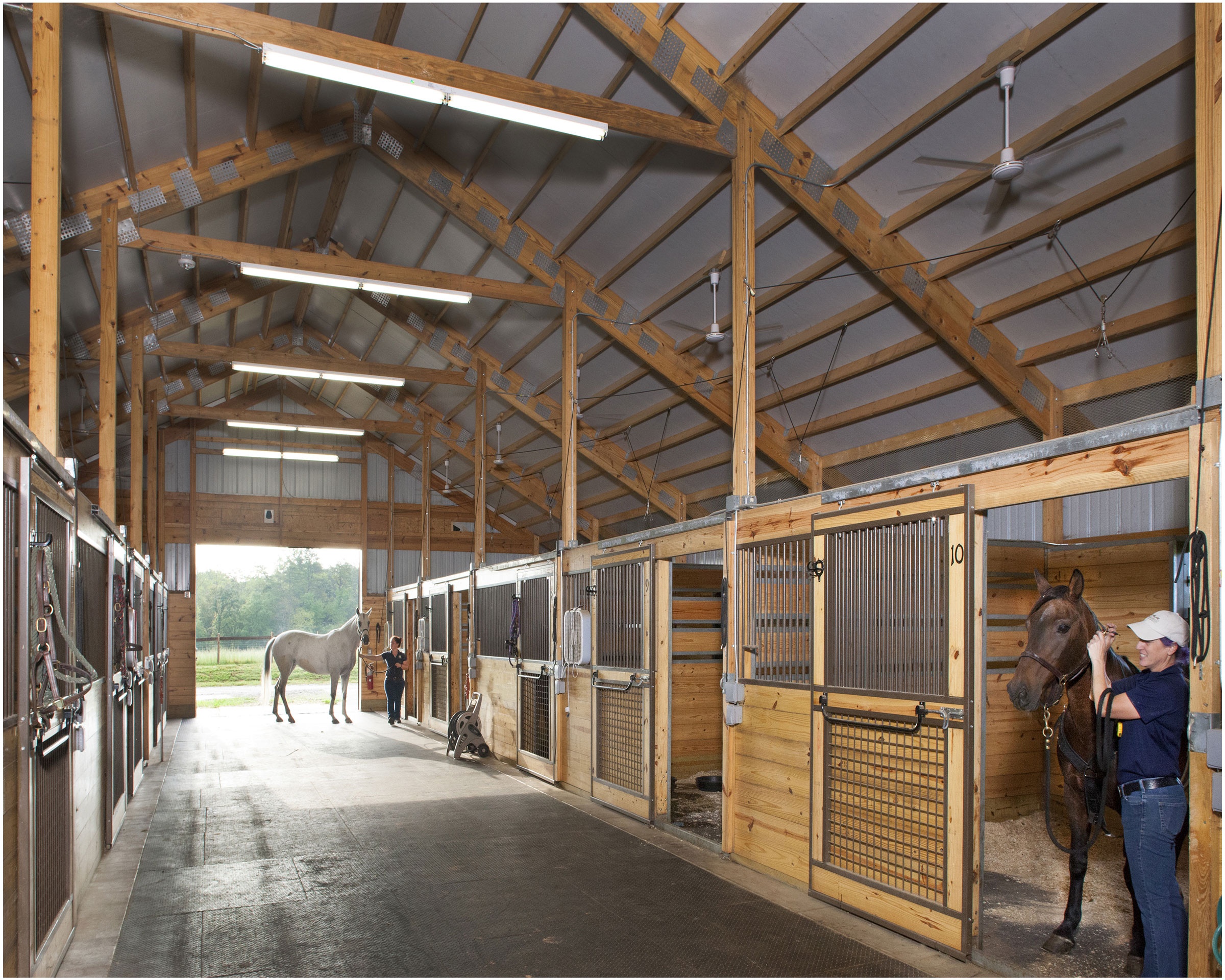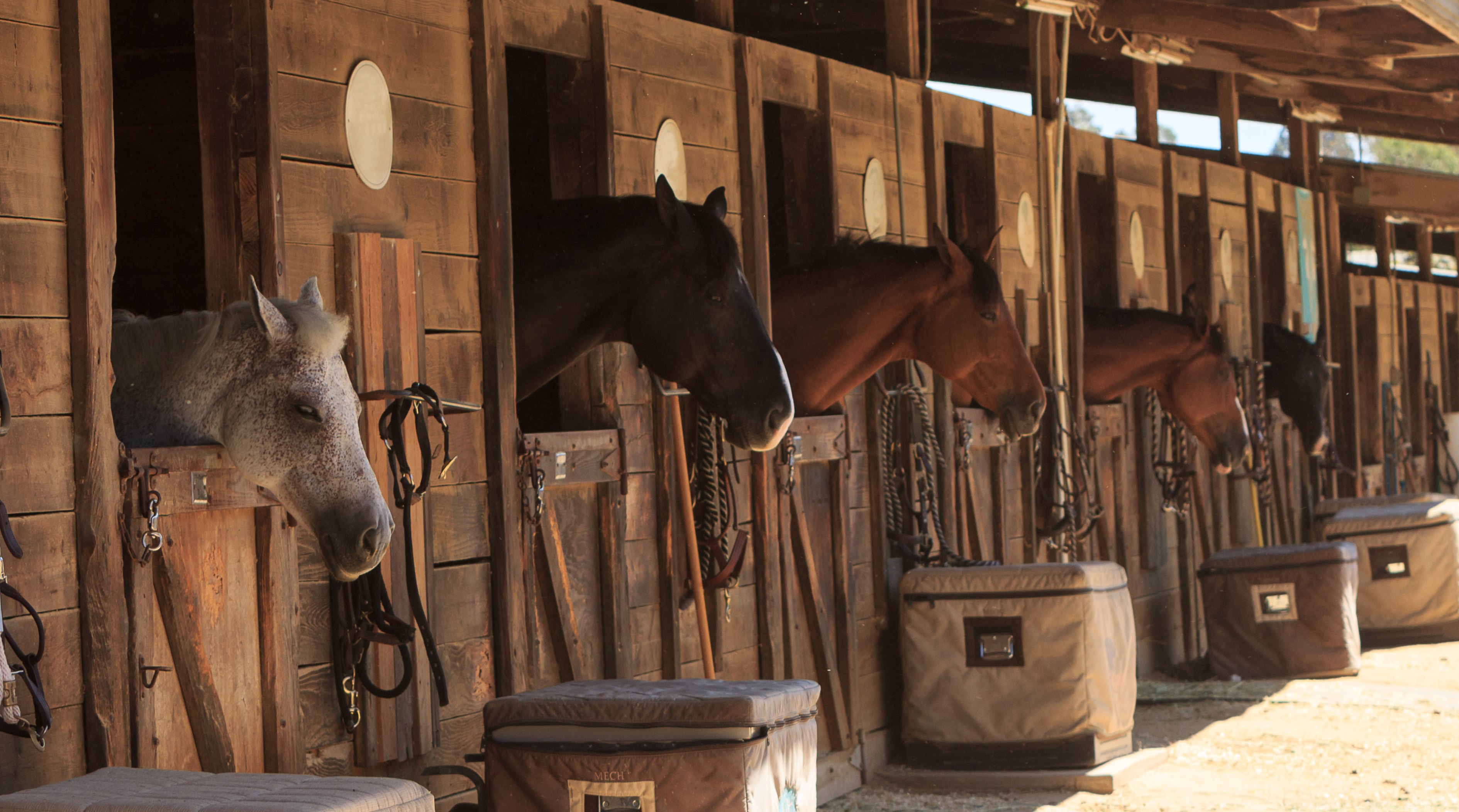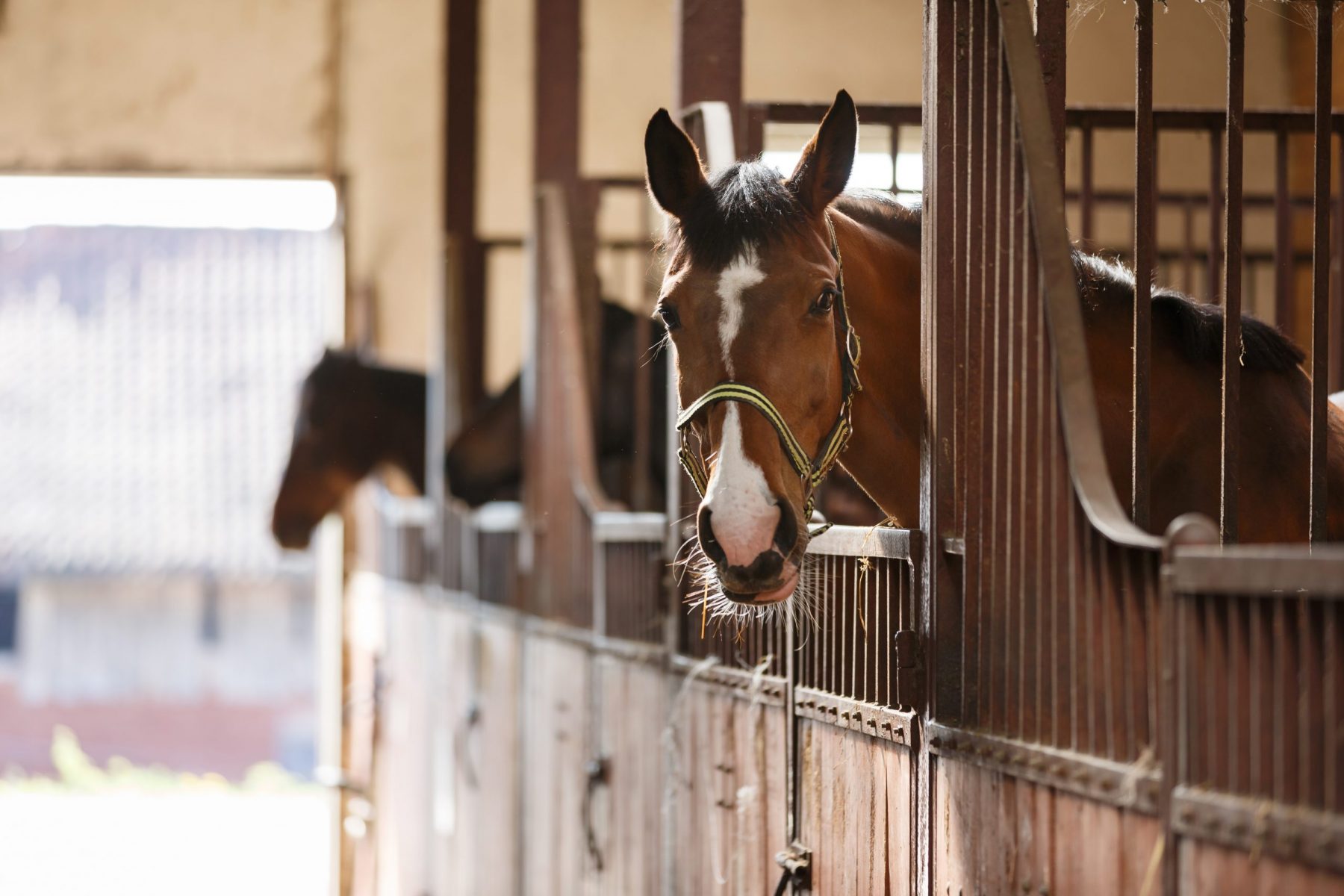Horse stables are an essential part of the equestrian world. They provide shelter, safety, and comfort for horses, as well as a place for equestrians to work with and care for their equine companions. A horse stable is not just a building where horses are kept; it is a home for these magnificent animals. In this article, we will explore what a horse stable is, its components, and the importance of proper stable management for the well-being of horses.
What Is a Horse Stable?

A horse stable, often referred to simply as a “barn,” is a structure designed to house horses. It can range from a small, private facility with a few stalls to a large, commercial operation with dozens or even hundreds of horses. The primary purpose of a horse stable is to provide a safe and comfortable environment for horses when they are not being ridden or exercised.
Components of a Horse Stable
Stalls

The most fundamental component of a horse stable is the individual stalls where the horses are housed. Stalls are typically made of wood, metal, or a combination of both, and are designed to provide a secure and comfortable space for each horse. They are equipped with a feeding trough, water bucket or automatic waterer, and a bedding material such as straw, shavings, or rubber mats. Stalls should be cleaned regularly to maintain a healthy and hygienic environment for the horses.
Aisles and Walkways

A well-designed horse stable includes wide aisles and walkways to allow for easy movement of horses, as well as access for feeding, grooming, and veterinary care. The aisles should be free of obstacles and kept clean to minimize the risk of injury to both horses and humans.
Tack Room

Most stables have a tack room where equestrian equipment such as saddles, bridles, and grooming supplies are stored. A well-organized tack room makes it easy for riders and handlers to access the necessary gear for working with the horses. It also helps to protect valuable equipment from damage and theft.
Feed and Storage Areas

A horse stable should have designated areas for storing hay, grain, and other feed supplies. Proper storage is essential for maintaining the quality and nutritional value of the feed, as well as preventing spoilage and contamination. Additionally, a separate storage area for shovels, wheelbarrows, and other stable management tools is important for keeping the facility organized and efficient.
Wash and Grooming Areas

To maintain the horses’ hygiene and grooming needs, a horse stable should be equipped with wash racks or grooming bays. These areas are designed for bathing, grooming, and farrier work, providing a safe and convenient space for tending to the horses’ physical well-being.
Outdoor Facilities
In addition to the indoor components, many horse stables also offer outdoor facilities such as paddocks, pastures, and riding arenas. These areas provide horses with space to exercise, graze, and socialize, contributing to their overall health and well-being.
Importance of Proper Stable Management
Health and Safety
Proper stable management is crucial for maintaining the health and safety of the horses. Clean and well-ventilated stables help prevent respiratory issues and infections, while regular feeding and watering schedules ensure that the horses receive the nutrition and hydration they need to thrive. Additionally, well-maintained facilities reduce the risk of accidents and injuries to both horses and humans.
Comfort and Well-being
A well-managed horse stable provides a comfortable and stress-free environment for the horses. This includes maintaining clean and dry bedding, ensuring proper ventilation and temperature control, and minimizing sources of noise and disturbance. By meeting the horses’ physical and psychological needs, stable management contributes to their overall well-being and contentment.
Facility Sustainability
Effective stable management practices also contribute to the long-term sustainability of the facility. This includes regular maintenance of the buildings and equipment, efficient use of resources such as water and electricity, and adherence to waste management and environmental conservation practices. Sustainable stable management not only benefits the horses but also the broader community and ecosystem.
Curious about different types of horses and their characteristics? Explore our articles on draught horses, foundation quarter horses, and quarter horses for valuable insights into the fascinating world of equines!
Conclusion
In conclusion, a horse stable is much more than a place to keep horses; it is a vital environment that directly impacts the well-being and performance of these majestic animals. By understanding the components of a horse stable and the importance of proper stable management, equestrians and stable owners can create a safe, comfortable, and sustainable home for their equine partners. Whether for leisure riding, competitive sports, or therapeutic purposes, a well-designed and well-managed horse stable is essential for the health and happiness of horses and humans alike.



